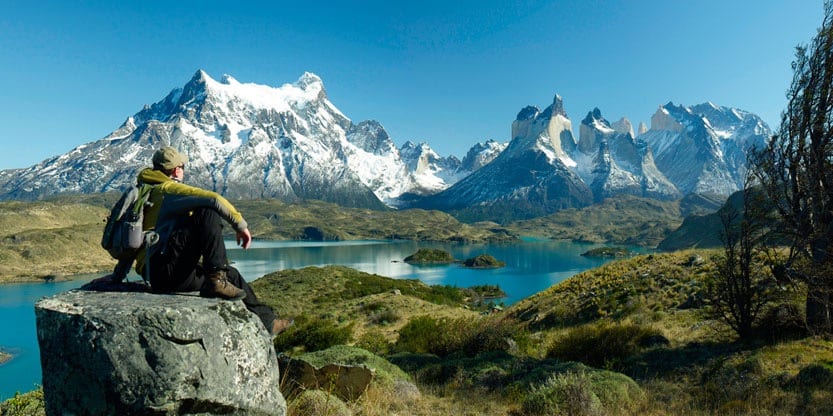European patterns of a New Tourism
The proximity tourism will be the great ally of the new tourist, allowing him to travel and vacation in sectors close to his comfort zone.

The new tourist, today, is more willing to travel or move given the confinement in which he has lived all this time, however, he will not do it very far from his home. The proximity tourism will be the great ally of the new tourist, allowing him to travel and vacation in sectors close to his comfort zone. This premise has been reaffirmed with the behavior of tourists in the recent European summer. Nature tourism, with outdoor activities, with low load capacity and which invites tourists to relax and renew energy has been one of the favorites, as well as trips to second homes and in their own car.
In Spain, it has been the case that the most visited tourist destinations have been those related to nature tourism and rural tourism. According to official data as of September, the Principality of Asturias was the community with the highest occupancy rate in rural tourism accommodation, with an average of 62.5%. Rural and less crowded accommodation, with fewer people and greater isolation, have been the most in demand. At first, tourists did not want to travel, they were afraid, but after spending so much time in confinement and when summer arrived, the demand for leisure activities and gastronomy was reactivated. The promotion strategy has been to attract local markets, and mainly national tourists. On the public-private side, the coordinated work between municipalities and local business organizations has been key to the reactivation of tourism, they have worked to regulate everything that the law requires of them, such as the use of a mask, sanitiser gel for hands, reduced capacity to comply with security measures and serve tourists well. Also, they have taken care that any object that is susceptible of being touched by the public is eliminated. The idea is that companies can guarantee tourists that they comply with all security measures and protocols; not generate false expectations, delivering a clear message that there are no places free of Covid-19, but that it is possible minimize the risk of contagion, and in this regard the tourism industry must be conservative and conscientious.
